Ultra runner Lydia Oldham on how to run 300 miles
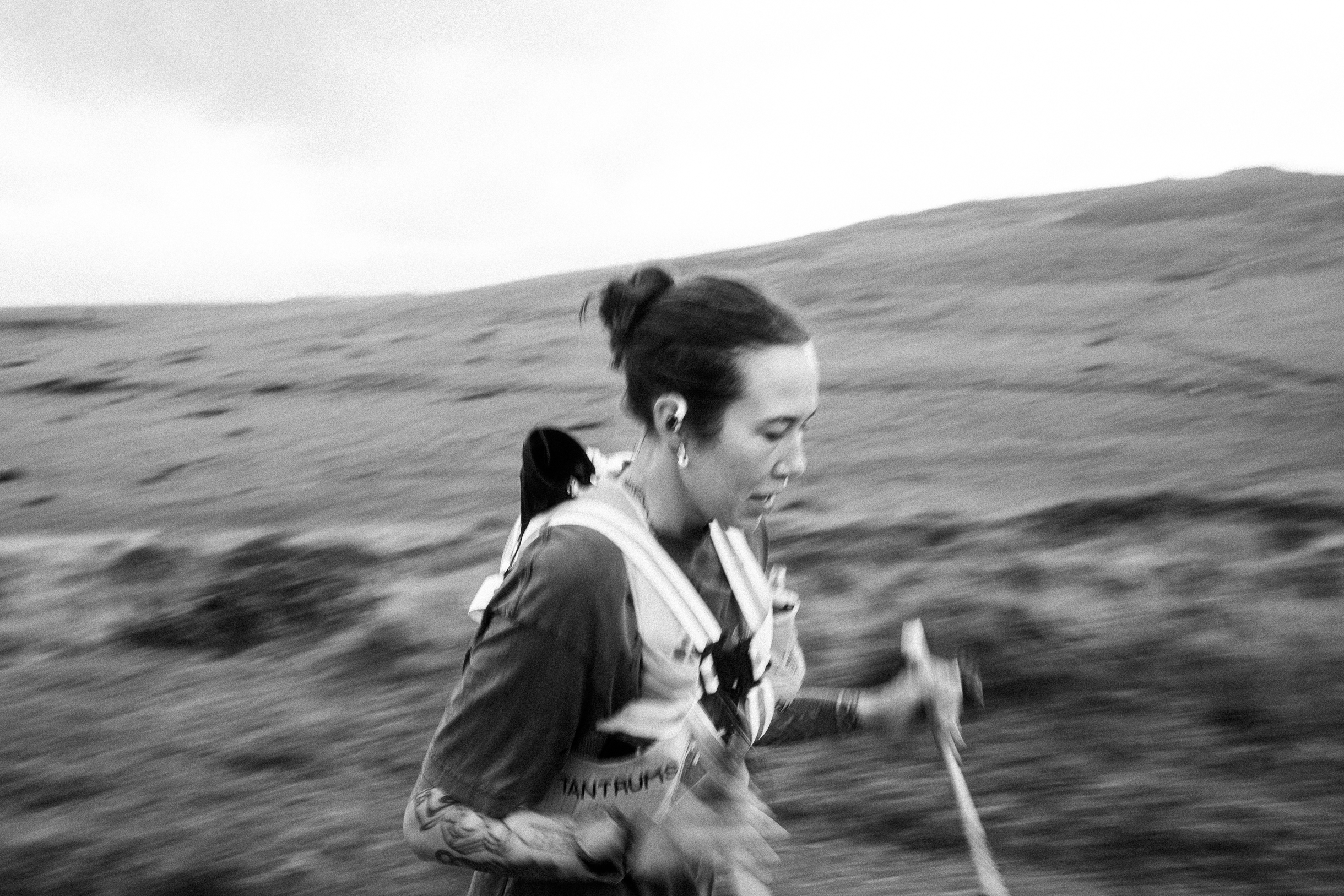

Lydia Oldham just ran 300 miles from London to Cornwall to raise money for the Mastectomy Tattoo Alliance. She also holds the FKT for the 400 mile Caminho Português.
We caught up with Lydia to hear about her latest MTA 300 run, as well as get some insights into what it takes to run 300 miles across the south of England.






Hey Lydia! How much planning goes into running 300 miles across 8 counties in 5 days?
Route mapping is the big one, and even then, without being able to scout and living in another country, you don’t know if it’s going to go exactly to plan. Logistics for support and supplies, scheduling breaks, and safety considerations are also essential.
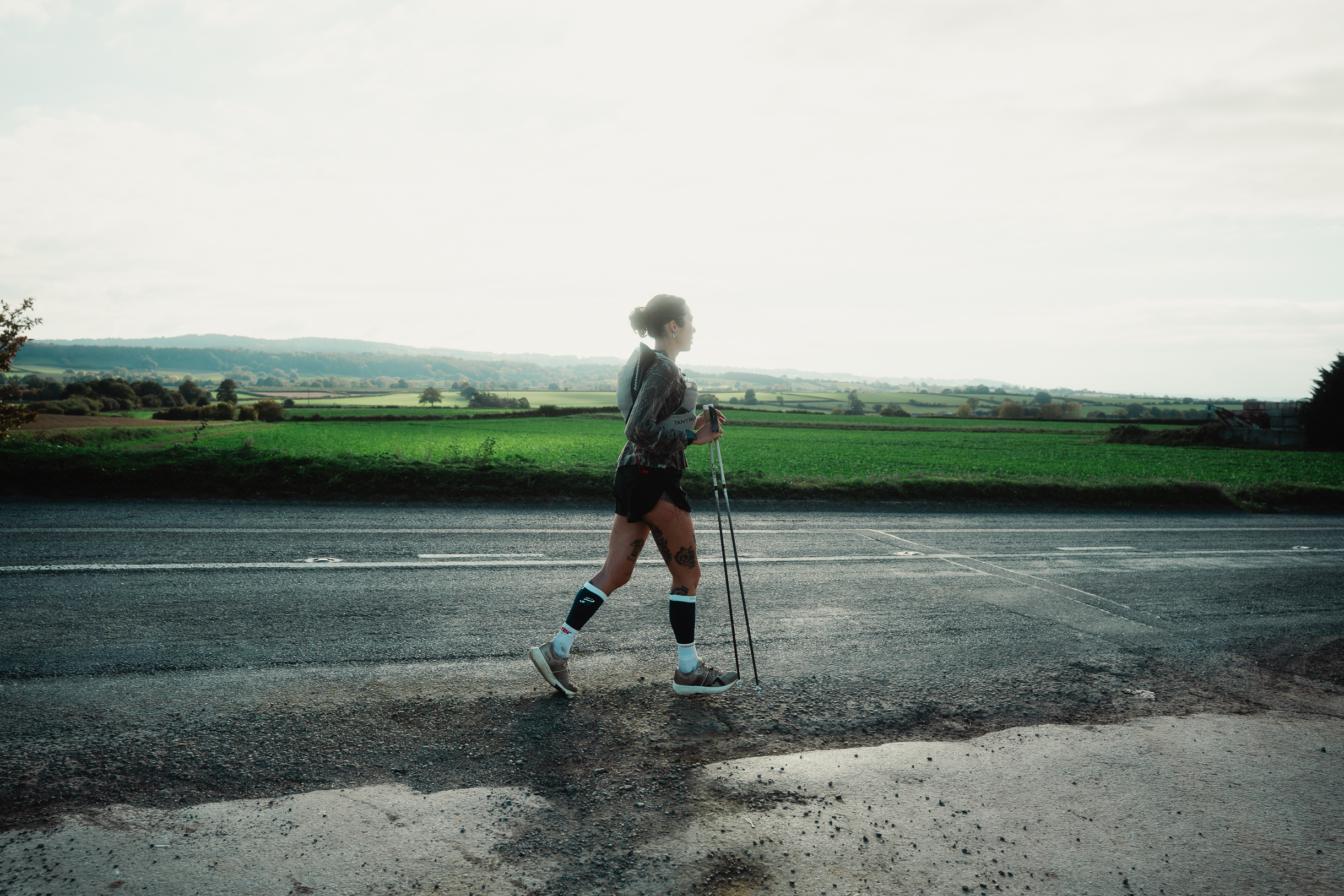
Sleep is always fragmented but essential for recovery
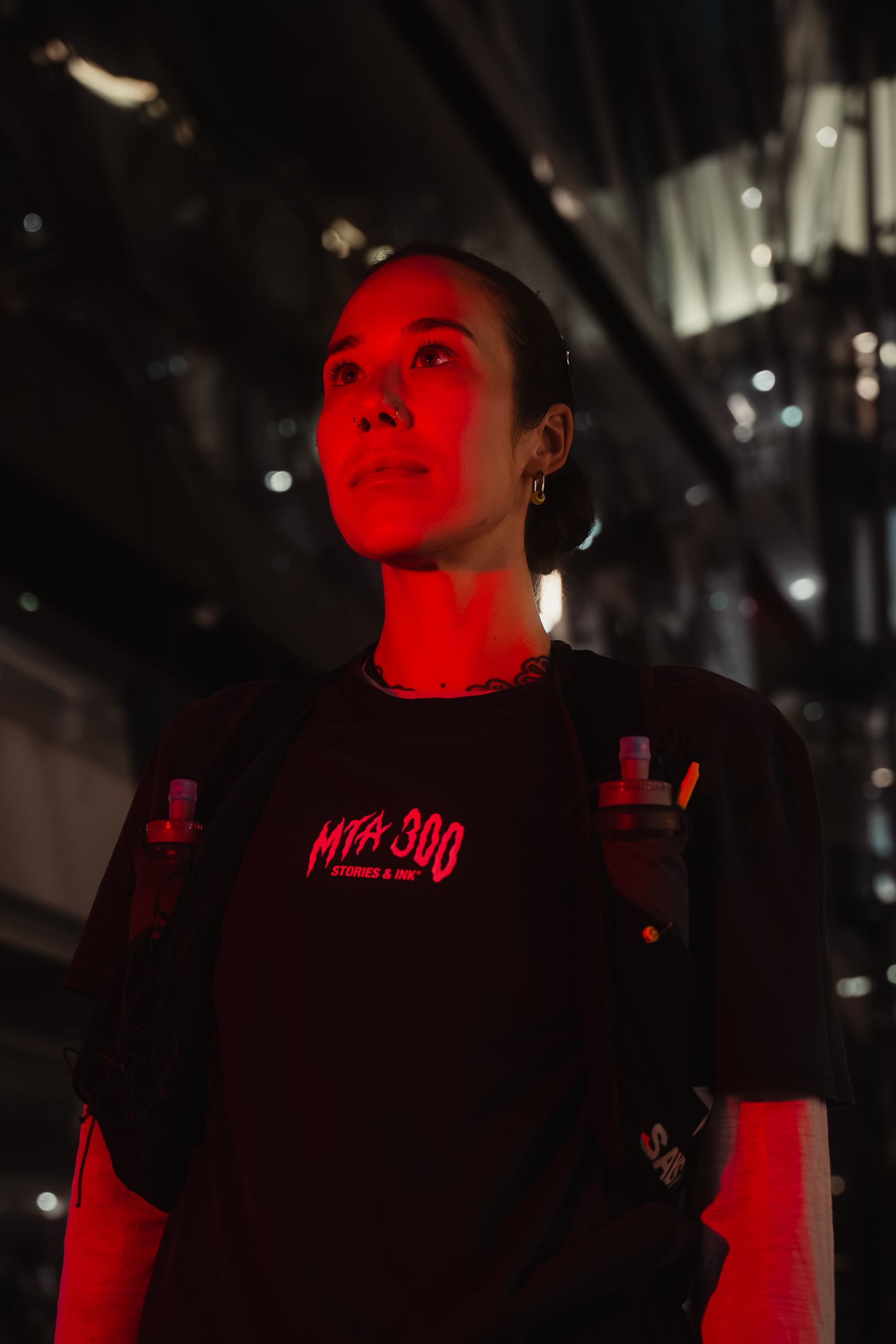

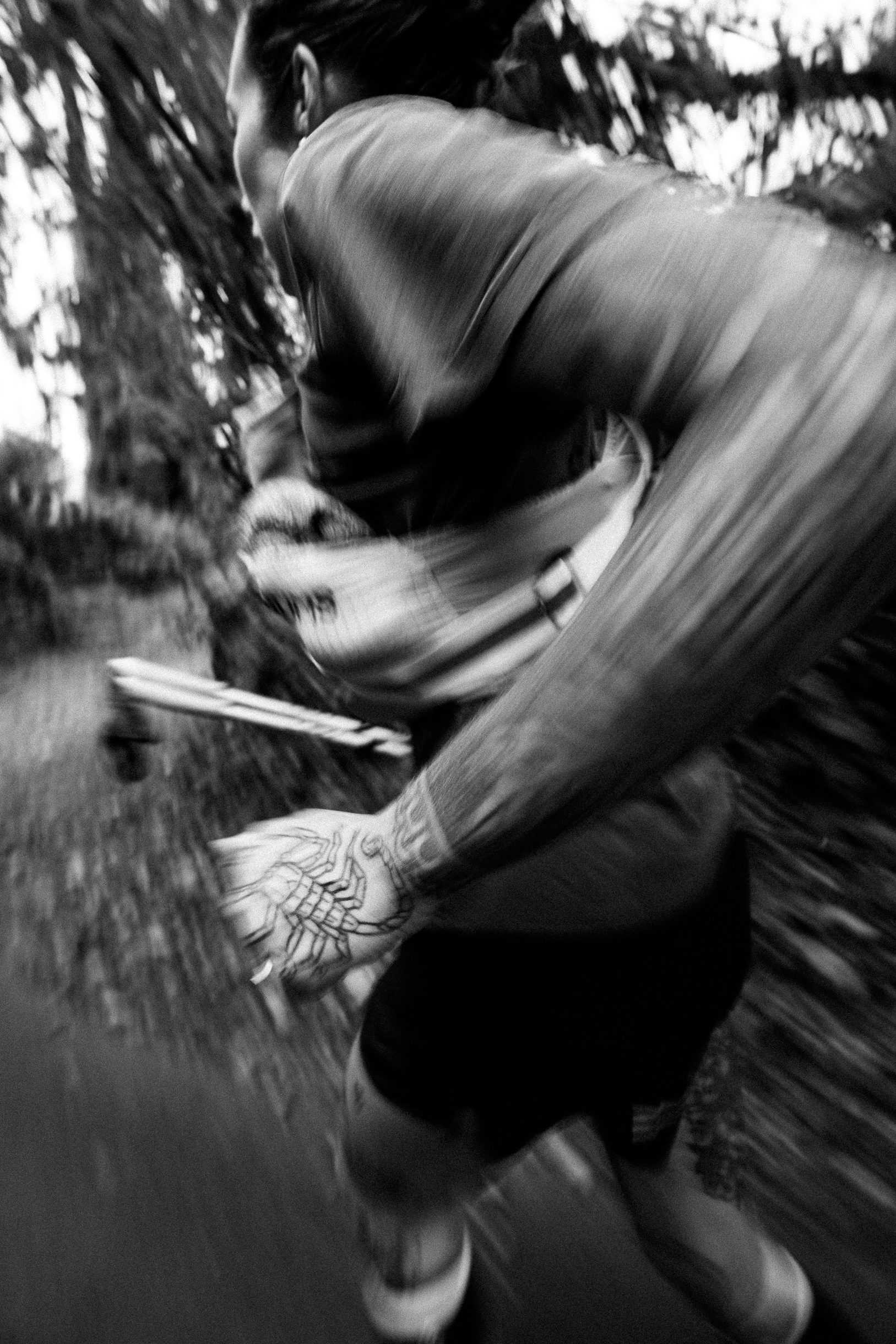


How do you plan your training and what did your peak week of training look like ahead of MTA 300?
My training plan includes long runs and back-to-back weekend efforts, along with strength training. Peak week was actually my back-to-back Berlin Marathon (84 km). I got in multiple long-distance runs and worked on running when fatigued. Focus was on endurance and nutrition, but one thing I always prepare my mind for is that things will go wrong or not go as planned. Being okay with that is really important.
For anyone building up to run their first multi-day ultra — how do you know you’re ready?
Trust your training, listen to your body, and ensure your support system is in place. I went into running 500 km last year after only occasionally running 100 km at a time. Sometimes you just have to jump into adventures, especially if you know you’re mentally tough enough to face them.
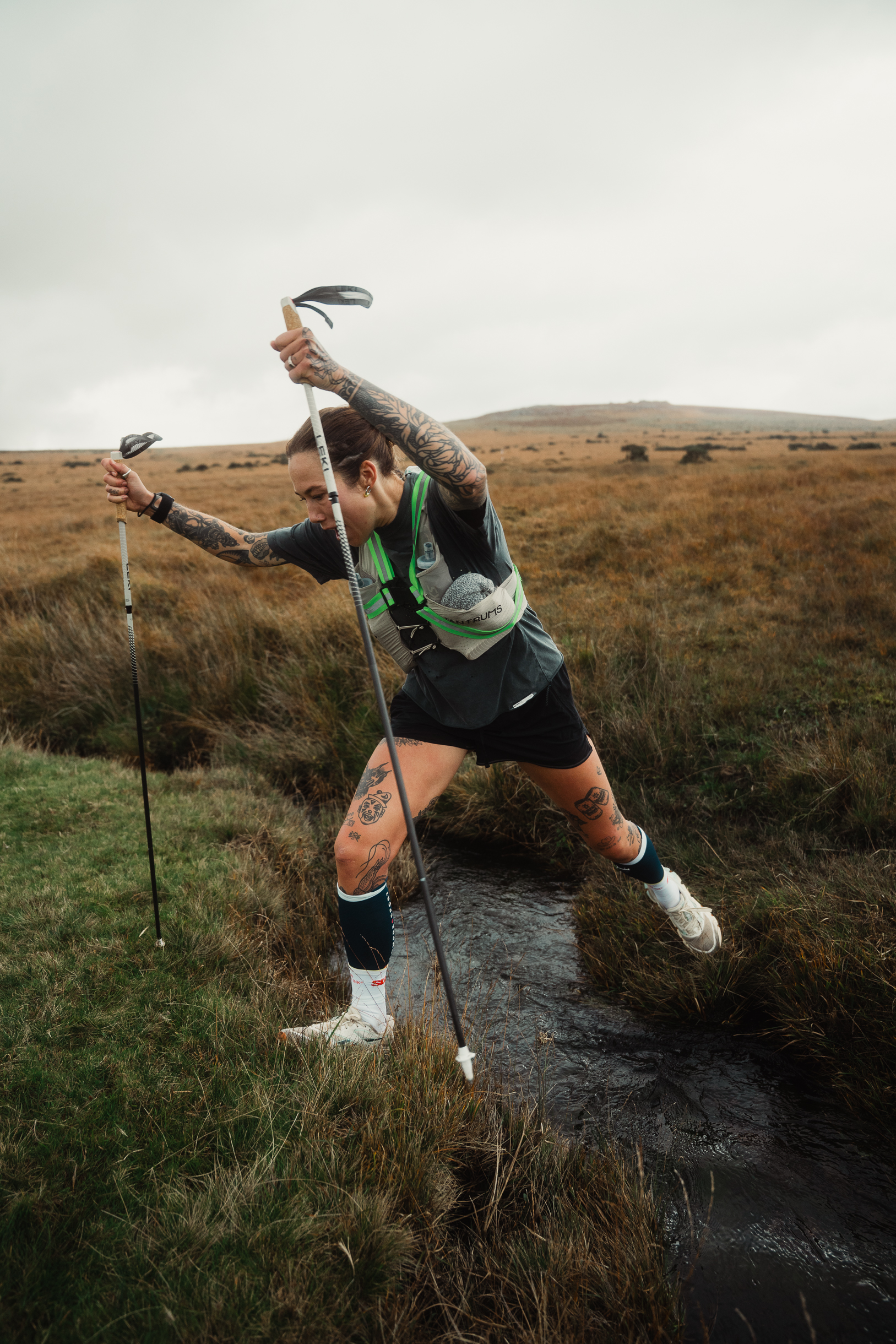

Do you incorporate any injury prevention non-running activities into your training?
Yes, I include cross-training like swimming and cycling, strength routines, mobility work, and regular physiotherapy sessions to maintain flexibility and prevent injuries.
What’s your fuelling advice for a multi-day ultra?
Focus on a balanced intake of carbs throughout the day, and then, when finishing up, shift focus more to proteins and fats. Practice your nutrition plan during training to find what works best. Hydration is key; ensure you have the right electrolyte-to-water ratio. I love real food for multi-day events, I have everything from STYRKR bars, waffles, bread, and I finish the day with a burger, which is great for high calories but also provides carbs, protein, and fat.

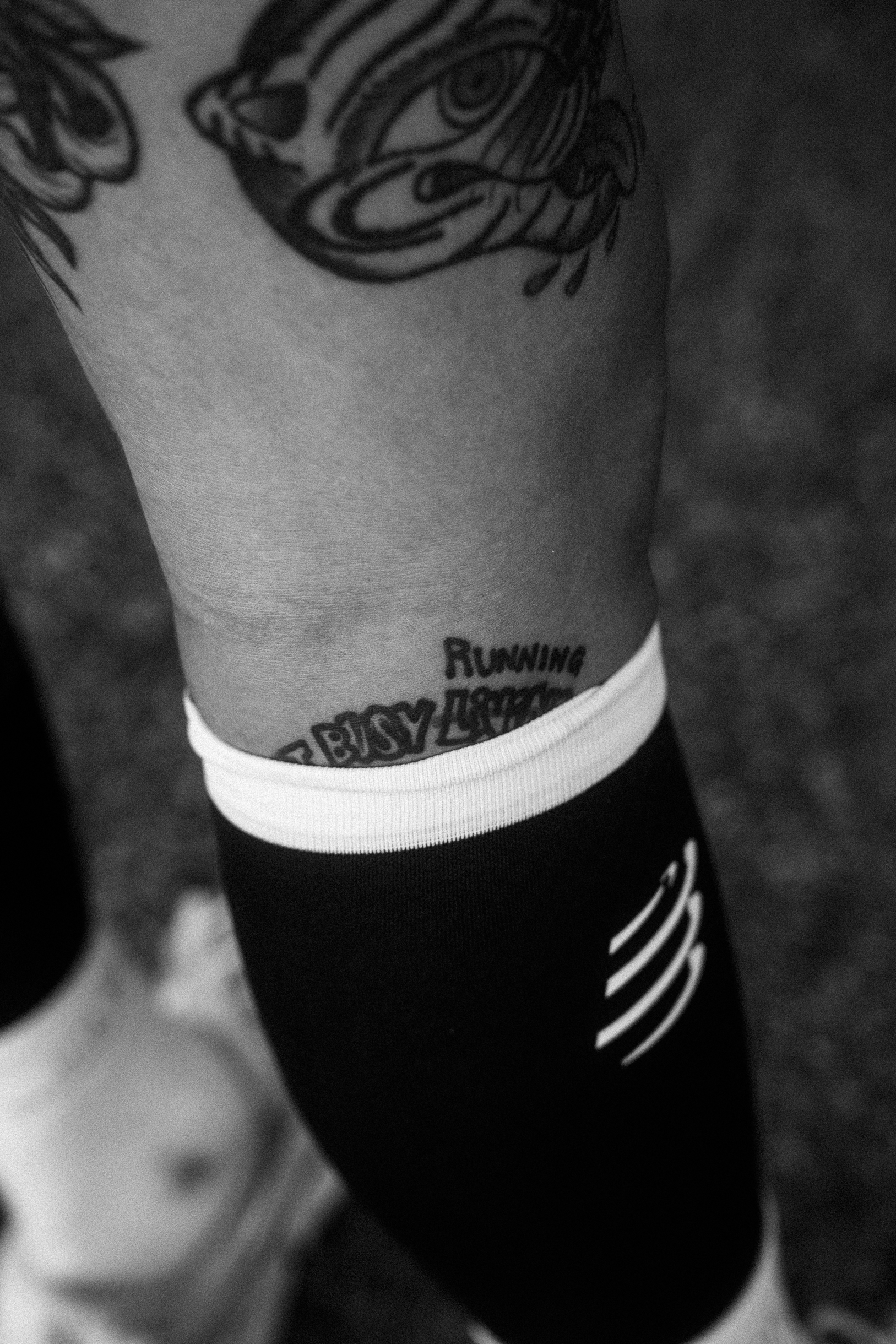
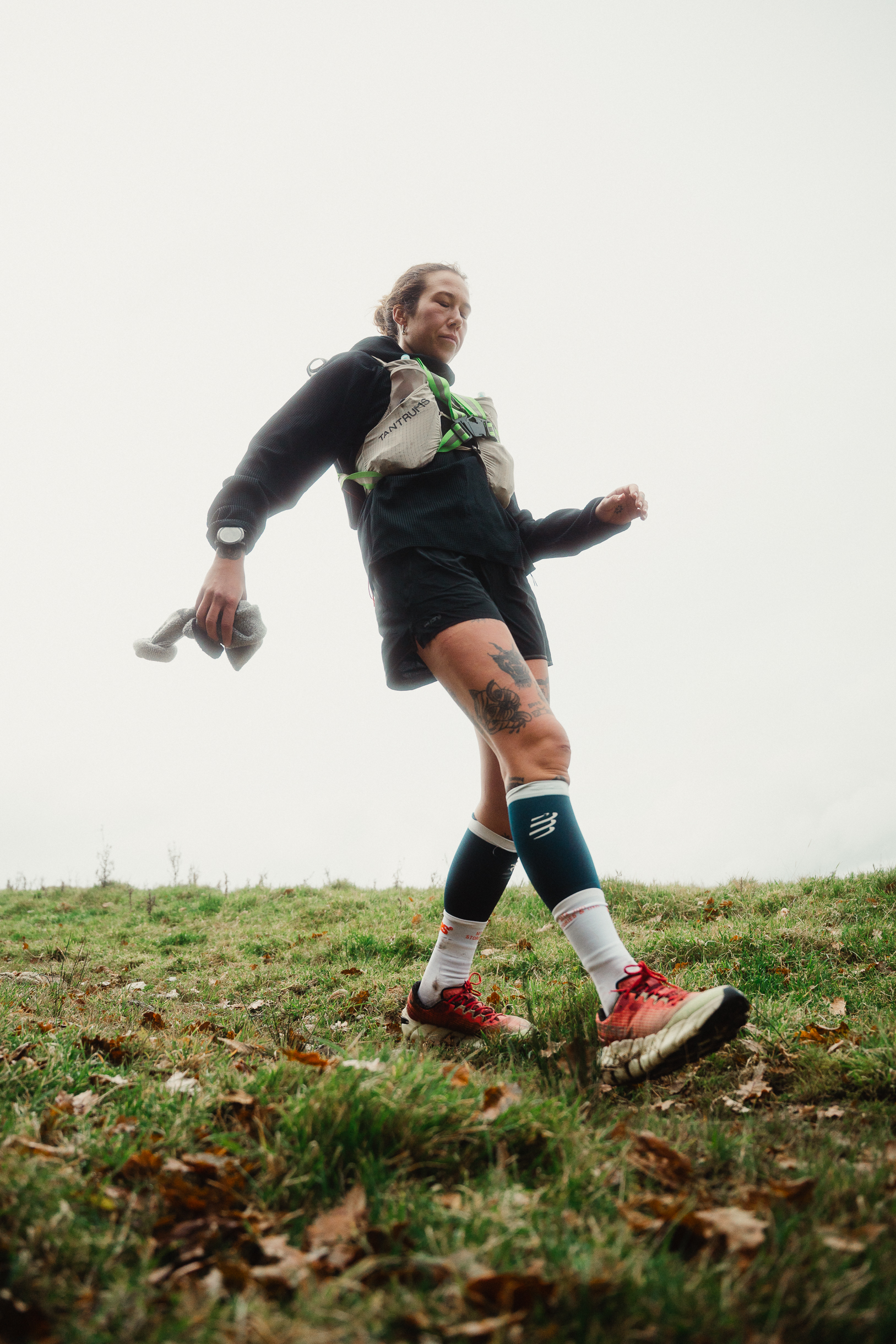

What did a typical 24-hour cycle on the MTA 300 run look like?
I’d wake up early, around 4:15 AM, start running by 4:45 AM, and run for several hours. Breaks were short for refueling and getting more water. I’d then settle in for about 8 PM for rest and attempt to sleep for a few hours. Sleep is always fragmented but essential for recovery. My legs are restless, and sleeping in a camper is never high quality yet, I try to get as much recovery as possible, which is key.

For a solo multi-day ultra — how would you build the ideal support crew and what would their roles be?
This was the first time I ran this distance without pacers, so I was out running most of the day alone, with some runs with Sam, my photographer. Reflecting back, I enjoyed that challenge, but it was mentally tougher at times. Ideally, having pacers would be that go-to support.

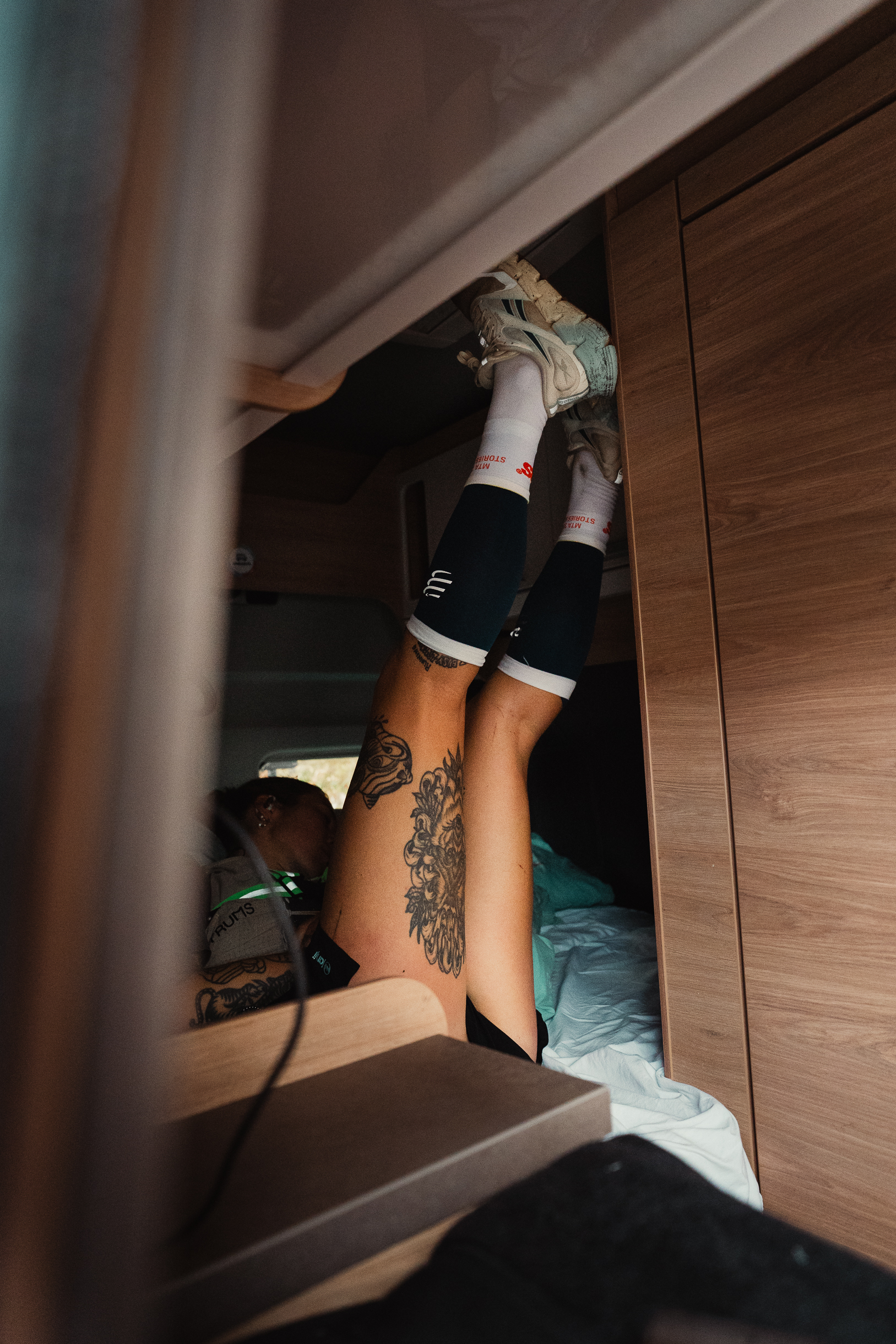
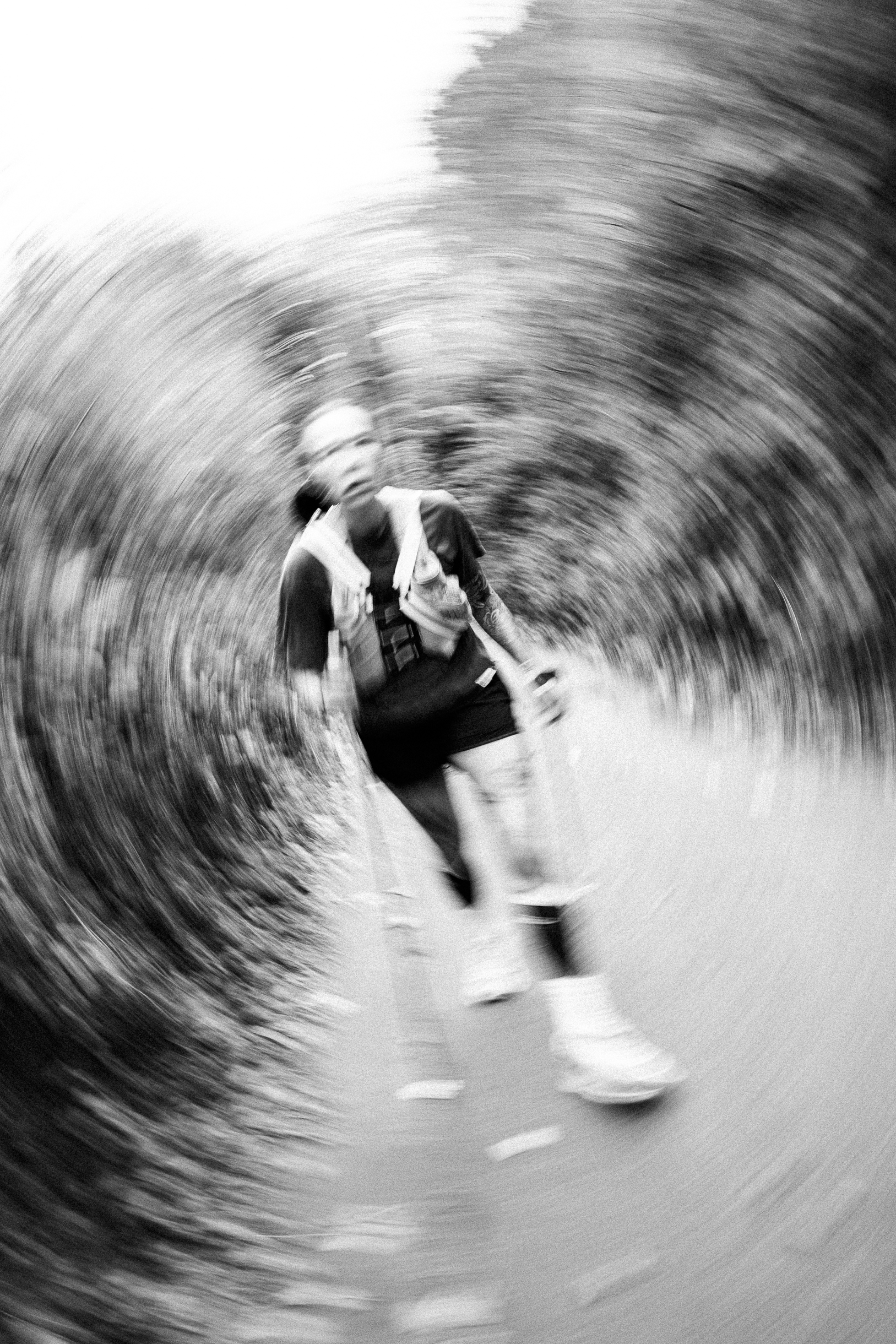
Can you tell us about the hardest moment you faced on the MTA 300 and how you pushed through it?
One of the toughest moments was day 5. I hadn’t encountered feeling like I couldn’t finish a multi-day race before. Usually, day 5 is a celebration for reaching the finish, but I was experiencing so much pain in my ankle that it slowed me down, and I was walking most of the day.
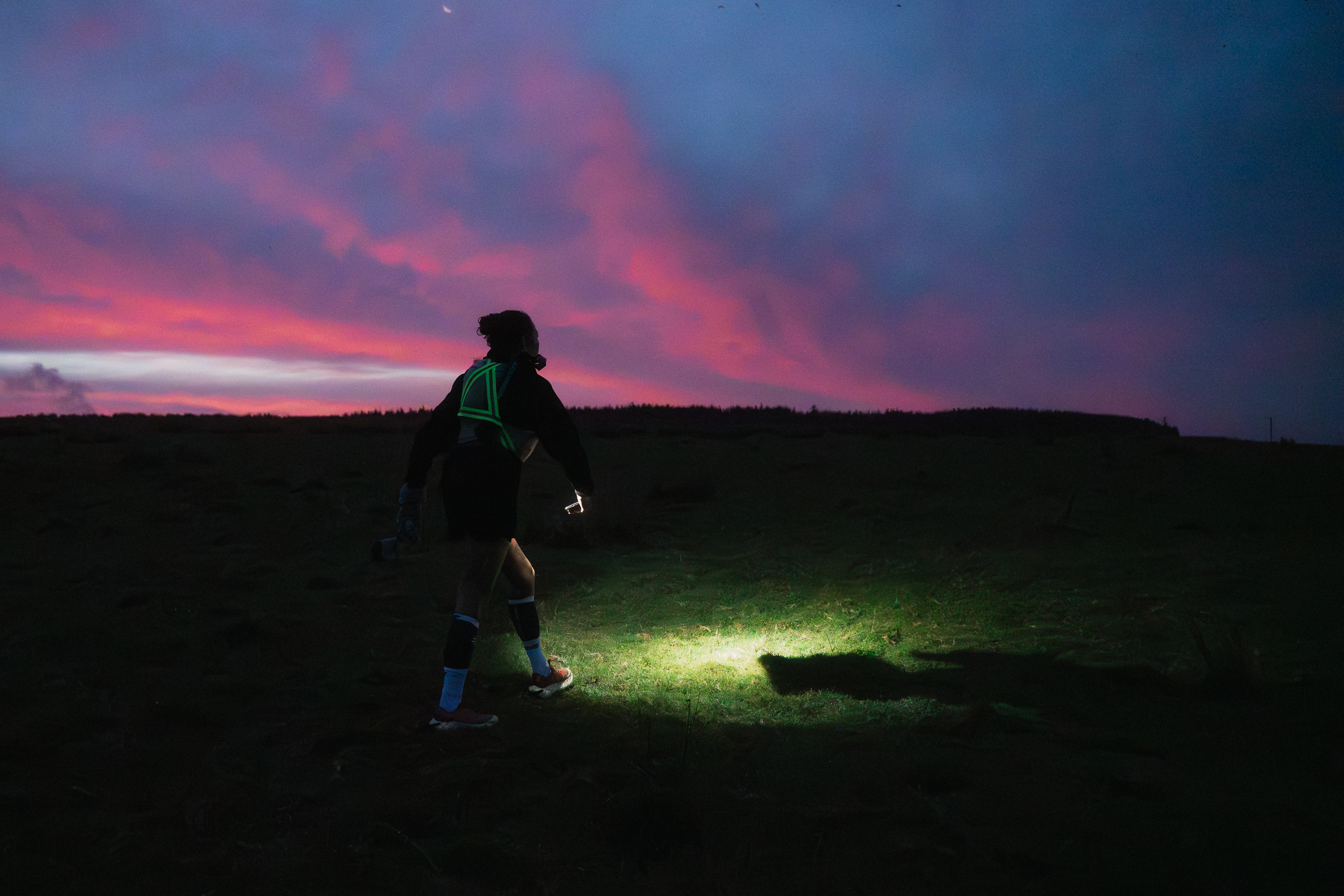
What’s your one piece of advice for someone reading this planning their first multi-day ultra?
Trust your training, pace yourself, listen to your body, and don’t be afraid to take rest when needed. The mental strength developed during training is just as important as physical preparedness.
----
Lydia ran 300 miles in 5 days from London to Falmouth to raise money for Mastectomy Tattoo Alliance in association with Stories & Ink.
At the time of writing, Lydia and Stories & Ink have raised over £3000 of a £10000 target.
You can donate to the Mastectomy Tattoo Alliance here
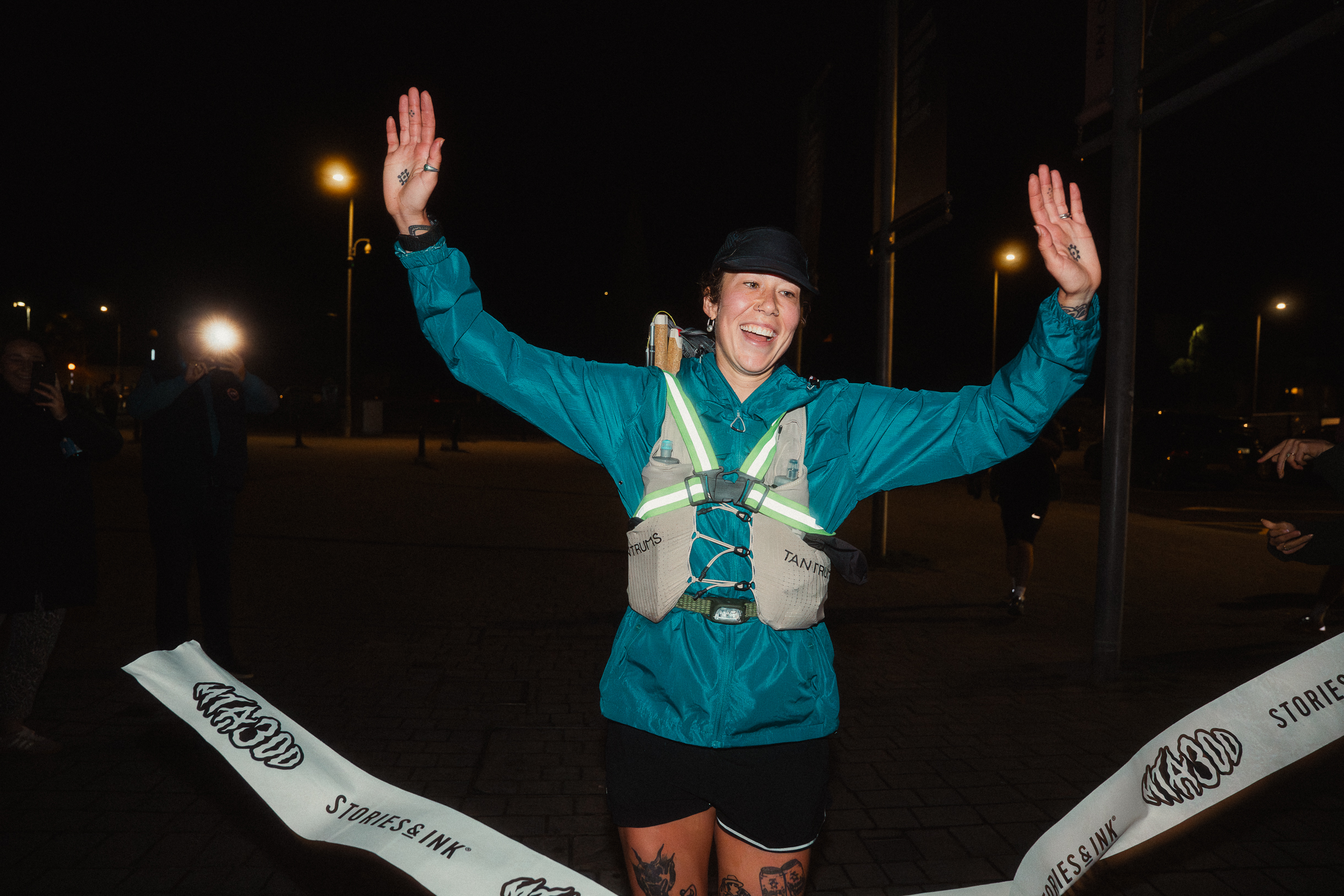
.svg)
